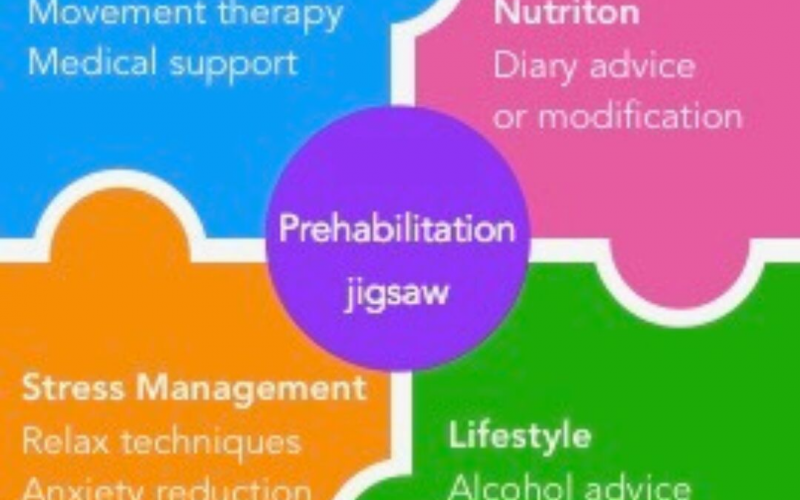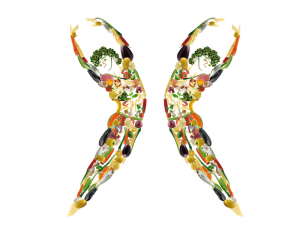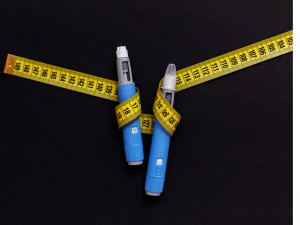Most people will have heard of physical or health rehabilitation, which aims to help people restore their full health or their normal life through hands-on therapy and physical training usually after illness, injury or surgery.
Prehabilitation may be a new term to you, it’s a process designed to improve a person’s wellbeing; physical and psychological health in anticipation of a future stressor, medically it occurs after diagnosis but before treatment and allows people to be proactive and gain control over their health or wellbeing.
Prehabilitation a little history
Prehabilitation has a long but quiet history, the concepts were first used in orthopaedic departments for patients needing joint replacement surgery. Pre-operative physical conditioning was a strategy aimed at improving postoperative outcomes, including the length of hospital stays and functional capacity. Simply put if people have better levels of health before surgery they had better outcomes concerning function, independence, and quality of life post-surgery. The military also implemented prehab programs as early as 1946 to support new recruits.
Surgery especially major operations are like running a marathon, both require preparation and benefit from training. A Canadian study found that a 4-week programme of nutritional support, anxiety reduction and moderate exercise before surgery improved postoperative recovery in patients after colorectal surgery.
What does it involve?
Prehabilitation is the process of optimising physical functionality, it can be a combination of aerobic exercise, strength training, and functional task training. It’s now moving towards a multimodal approach, encompassing medical and nutritional support, preoperative movement therapy, and stress/anxiety reduction.
As a clinical Pilates teacher, prehabilitation or prehab as its known is a fundamental part of the support offered for all kinds of significant life challenges, not just surgery. This includes preparing for marathons, triathlons, charity bike rides across countries and continents, and other urban ninja activities. Some people use prehabilitation programmes to prepare for parenthood especially those needing IVF support. Increasingly it is recommended to people as they embark on the hurdles of cancer treatment, many centres now have structured programmes in place for their patients.

What can physical prehabilitation do for you?
By assessing and analysing posture, joint alignment, flexibility, muscle control, biomechanics, core stability and movement patterns, can help prevent injuries. Based on these findings and individual needs bespoke and specific programs help avoid common overuse injuries.
Prehabilitation benefits
It can help people optimise function and health by getting improved static and dynamic posture, better joint alignment, correct muscle imbalances, and improve flexibility. Prehabilitation programmes can also enhance muscle endurance, strength and power. And there’s more, it boosts movement pattern efficiency, and enhances proprioception, the ability to perceive usually at a subconscious level, the position, our sense of equilibrium and balance, and movement of our body especially the limbs, independent of vision.
Sound familiar? We cover much of these physical aspects in a well-planned Pilates class, but most people genuinely benefit from an individual assessment and a personalised programme especially if any of the above significant life events apply.

SaveSave
SaveSave
SaveSave
SaveSave







